In a bold retail move, Best Buy has kicked off a major promotional event of its own—one that mirrors Amazon’s famed Prime Day—but with its own twist. With a mix of flash deals, member-exclusive discounts, and heavy discounts across tech and appliances, the sale aims to capture shopper attention and steal momentum mid-season.
What Makes This Sale Different
Unlike Amazon’s Prime Day, which is restricted to its membership, Best Buy’s version is accessible to more customers, though additional perks are reserved for its members (such as My Best Buy Plus or Total). The event is structured in phases:
- Flash sales running for 48 hours to draw immediate traffic
- Member Deals Days extending across several days with deeper discounts
- Smart bundling of gadgets, accessories, and home essentials to appeal to a range of buyers
The goal: compete head-to-head with Amazon, especially for tech lovers and gift shoppers looking for value beyond Prime exclusivity.
Key Deals & Highlights
Some of the most eye-catching discounts include:
- OLED and 4K TVs slashed by hundreds of dollars
- Laptops and gaming systems at record low prices
- Audio gear, headphones, and smart home devices with aggressive markdowns
- Kitchen appliances, robot vacuums, and home tools bundled or discounted broadly
- Mobile phones and accessories with trade-in offers and rebates
Because Best Buy also offers in-store pickup and price matching, some shoppers prefer it to Amazon for convenience, returns, and instant access to availability.
Why Best Buy Is Doing This
Retail experts see several strategic motivations:
- Retail disruption: Retailers increasingly can’t afford to remain mere followers. Best Buy launching its own event signals confidence it can compete for attention and sales share.
- Margin control: By curating which products go on deeper sale, Best Buy retains some control over which categories are heavily discounted, protecting core margins.
- Membership push: The event serves as an incentive for customers to upgrade or subscribe to paid membership tiers to unlock exclusive perks.
- Brand positioning: It reinforces Best Buy’s brand identity as a tech authority—not just a middleman—but a destination for the best gadgets and deals.
Challenges & Risks
- Inventory stress: High discounts trigger surges in orders. If Best Buy doesn’t manage stock well, it could face disappointing “out of stock” complaints.
- Margin erosion: Deep cuts across major categories risk squeezing profitability if not balanced with volume.
- Comparative pressure: Amazon and other retailers will inevitably retaliate with matching or deeper deals, reducing Best Buy’s edge.
- Customer expectations: Once shoppers expect such constant mega-sales, they may delay purchases unless deals feel exceptionally compelling.
What to Watch
- Which technologies or categories dominate the “hero” deals—TVs? Gaming? Smart home?
- How aggressive Amazon, Walmart, and competitors respond in real time
- Whether Best Buy’s membership numbers spike
- Sales performance compared to prior Black Friday and Prime Day equivalents
- Customer feedback on delivery, satisfaction, and returns
To sum up, Best Buy isn’t waiting for Amazon’s calendar—it’s creating its own battleground. Whether it can sustain momentum and profit while satisfying consumers will be a key test for retail strategies in the digital age.

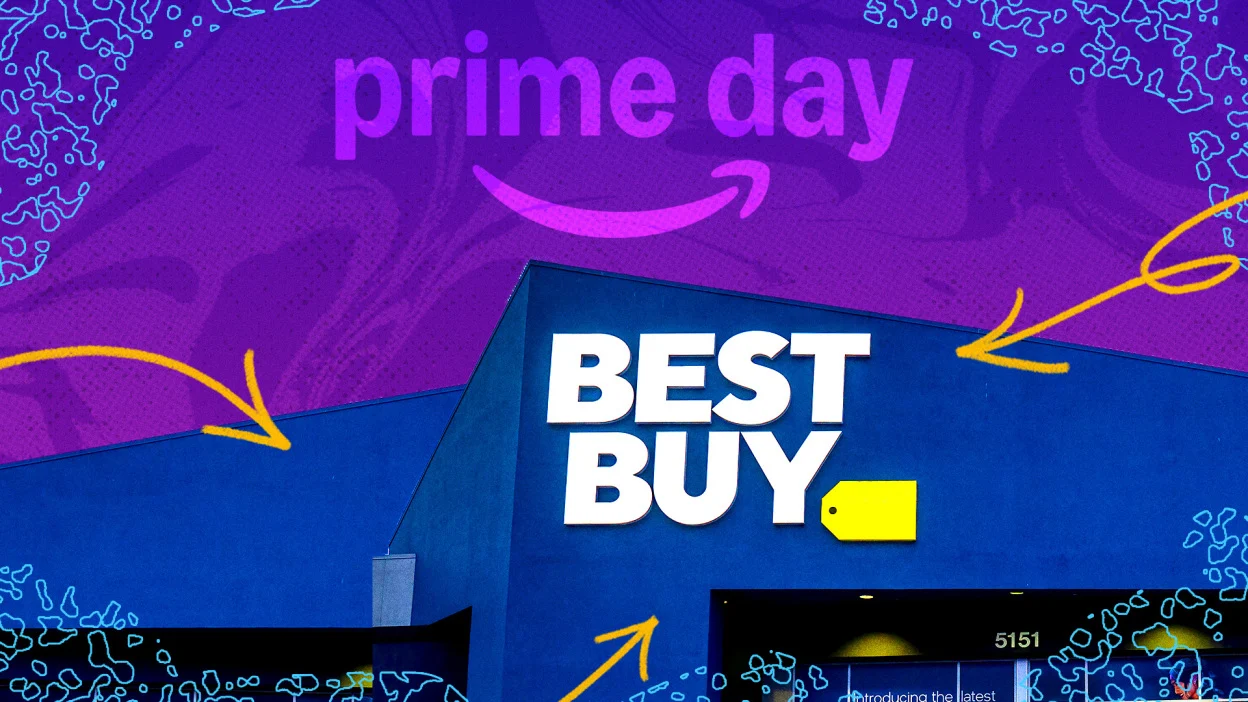
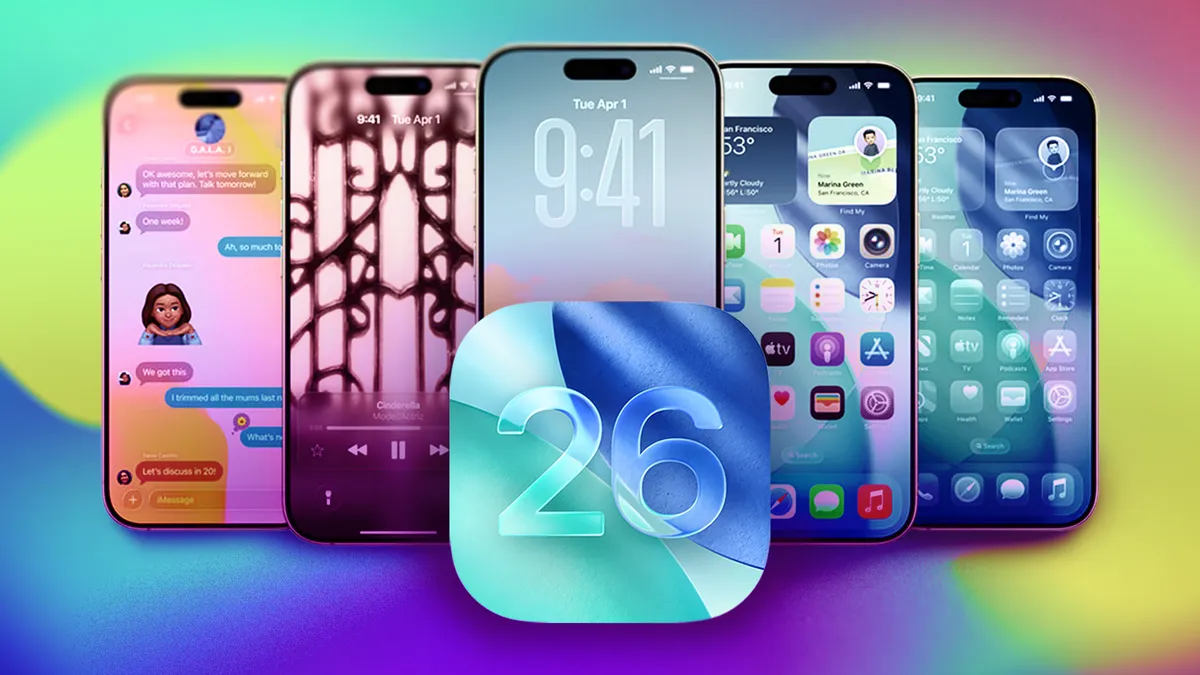

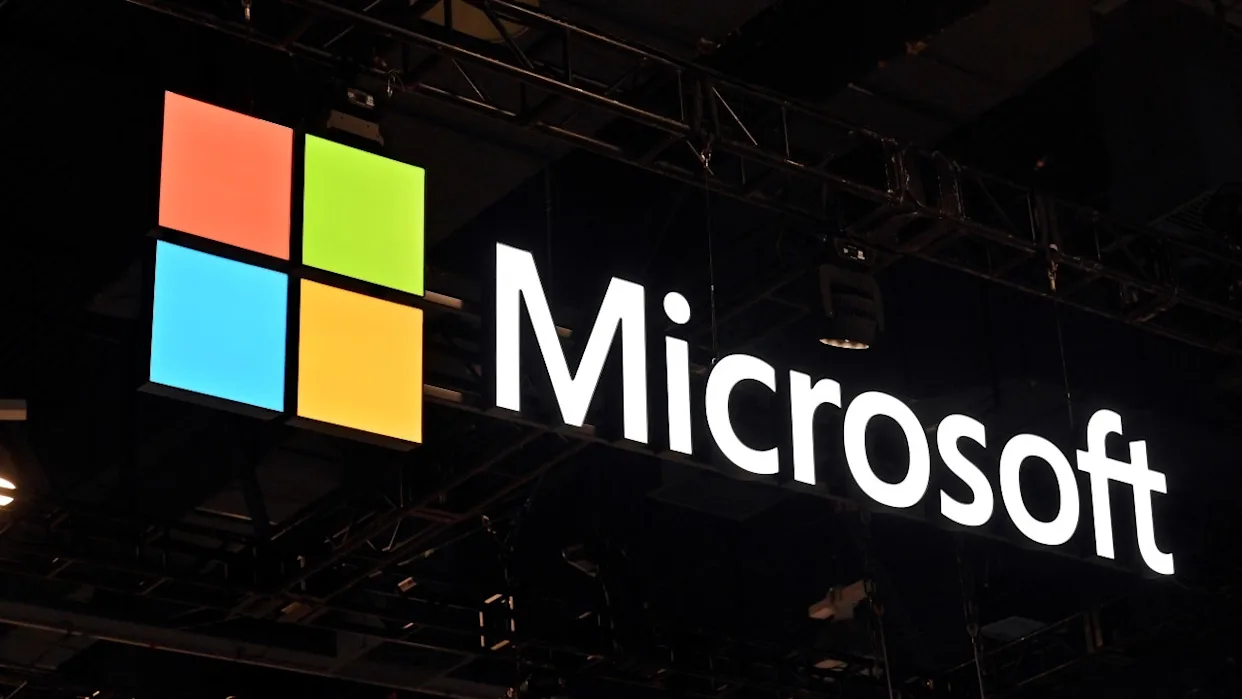


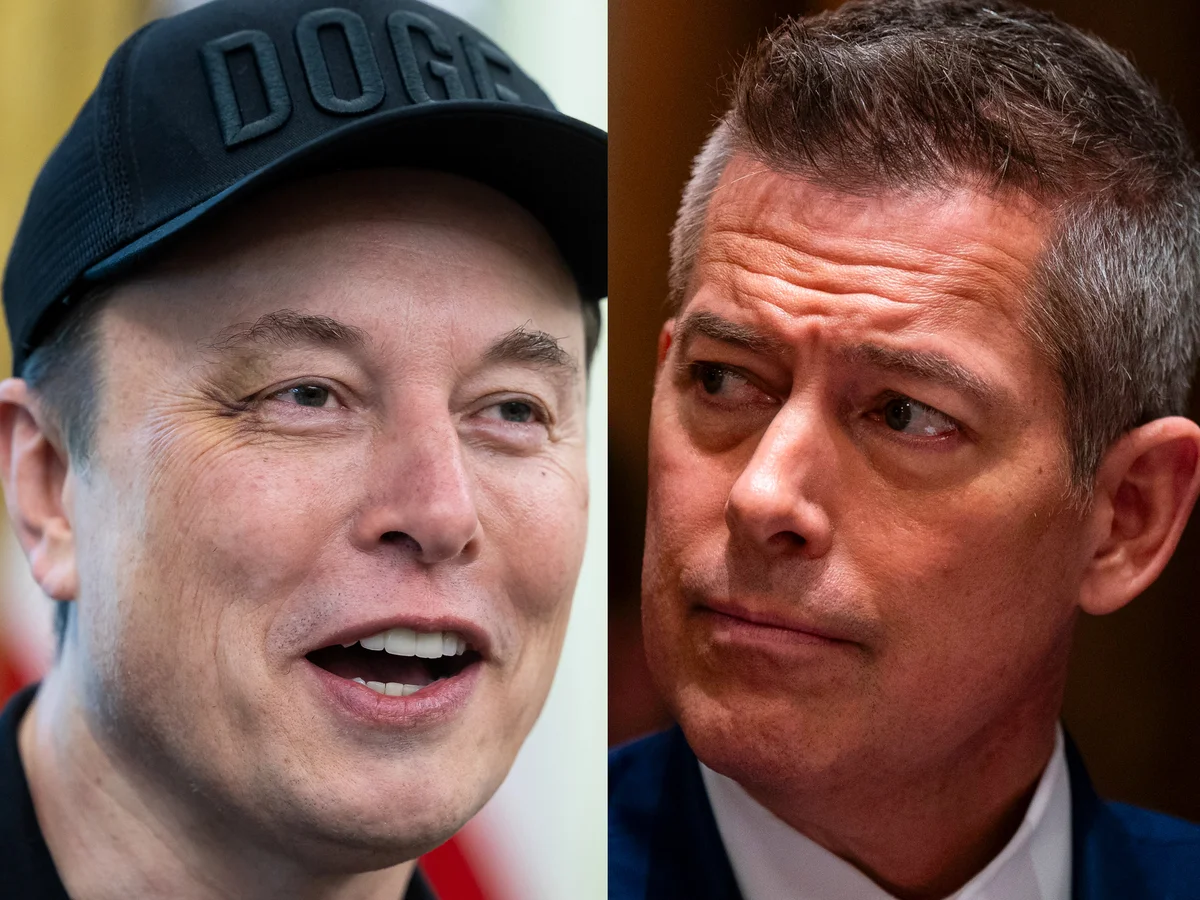
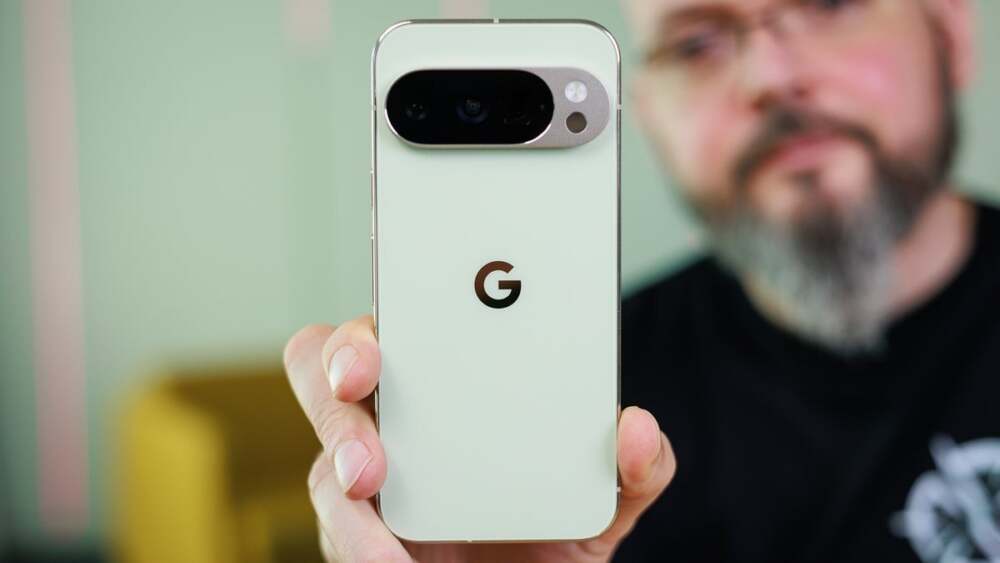

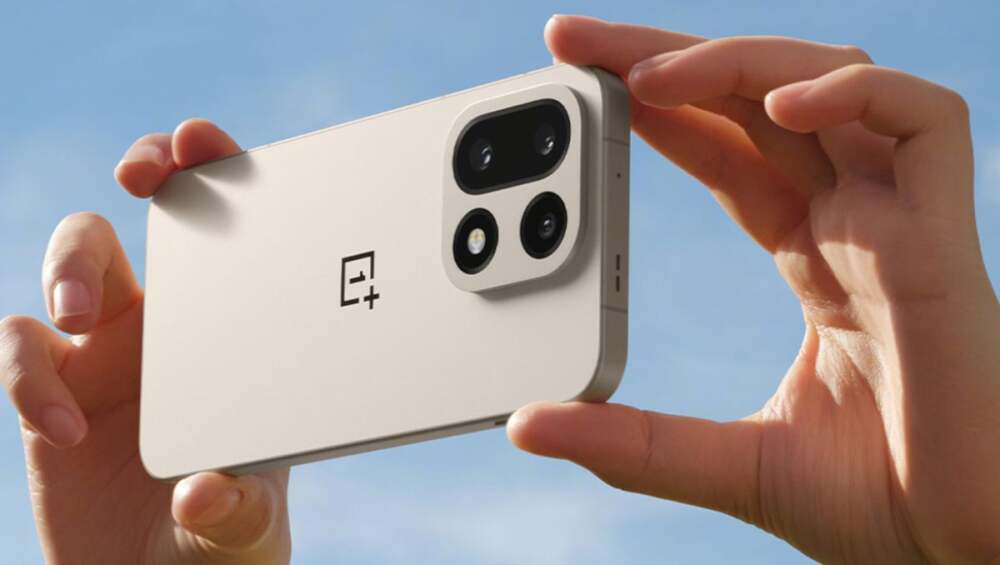





Leave a Reply